#25. Rhinos Use… Dung
Rhinos do use some sounds to talk to each other, but their most efficient communication tool is the scent. They use their urine and feces to mark their territory and to identify themselves, and they even do so in communal areas where they all go to the bathroom and leave messages for each other. It’s kind of like an online forum, but instead of posts, they leave… presents for one another.
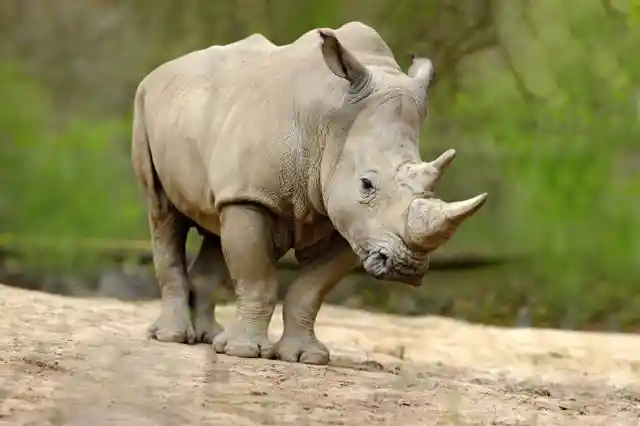
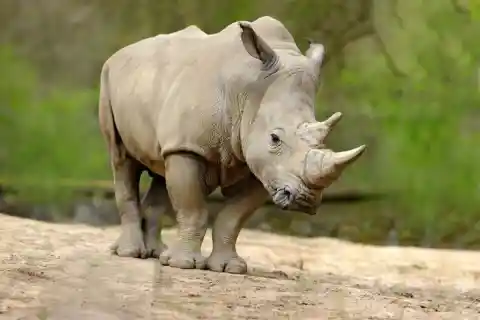
They use middens, which are communal dung heaps, to let other rhinos know when one of them is sick or is looking for a partner to mate with, for example. Also, these heaps allow all rhinos to know who the dominant male is. When one rhino finds a heap, it will add its own scent to it so that other rhinos can identify it. Interesting, huh?
#24. Mantis Shrimp Are Flashy
Mantis shrimp are marvelous creatures that have some of the finest eyesight in all the animal kingdom, which explains why they are so colorful. This is why they mostly communicate through sight as opposed to scent or sounds like other animals do. In fact, they have 16 color receptors in their eyes, while humans only have 3.
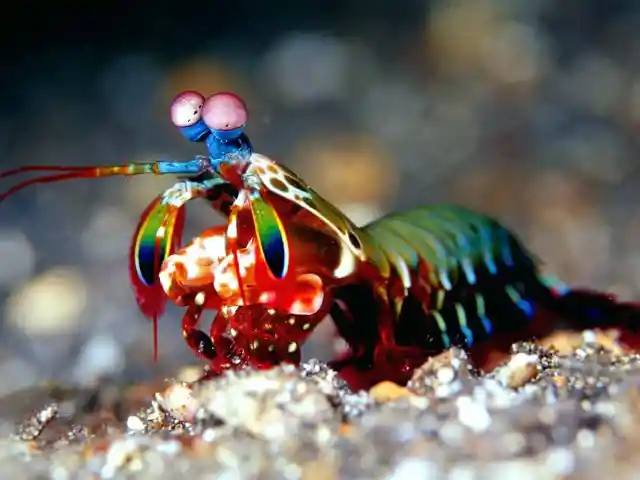
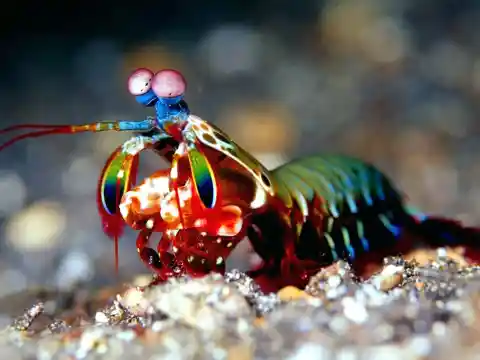
What their colorful bodies do is polarize light, which cannot be seen by most animals. They bounce light off blue spots on their own bodies, which scatters and reflects light on other surfaces. The way they arrange these reflections conveys different messages, such as domination or a desire to mate.
#23. Sperm Whales Make Clicking Sounds
Humans are constantly clicking stuff as they live their lives through computers, and in this aspect, sperm whales aren’t so different. What these gentle giants do is make different clicking sounds which are called codas in order to communicate with one another. But every sound they make is unique.

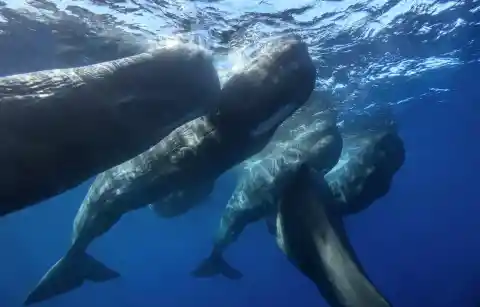
In fact, they have regional dialects! Depending on which region of the ocean the whales are located in, the sounds will be different. Those who live in the Caribbean, for example, will communicate differently than those on the other side of the world. Scientists have even found that sounds vary from clan to clan, so no two groups of sperm whales sound the same.
#22. Caterpillars Use Sounds To Manipulate
Caterpillars may seem like pretty harmful little critters, but in reality, they are evil masterminds. The puppeteers of the insect kingdom use different sounds to bend other species to their will – can you believe it? The Alcon blue butterfly caterpillar rubs its belly to create a sound that resembles that of a red ant queen, which of course, attracts red ants.
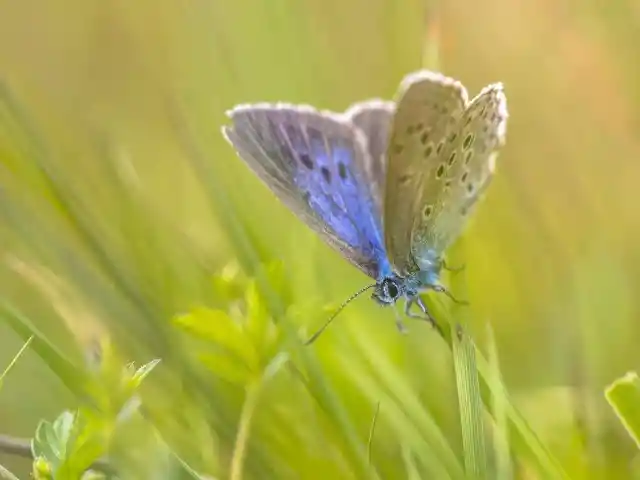

These sounds trick ants into believing that the caterpillar is actually their queen, and as such, they will protect her at all costs. They will act as bodyguards to the caterpillar and follow it around. They can even go as far as killing each other just so that they can protect their imposter queen.
#21. Elephants Vibrate
As mother nature’s massage chair, African elephants make extremely low sounds to communicate with one another, which can be felt as vibrations to the human ear. Although we know the typical loud trumpeting sound elephants make, they only do that to signal distress or excitement. When they are charging, for example, they emit sounds similar to a roar.
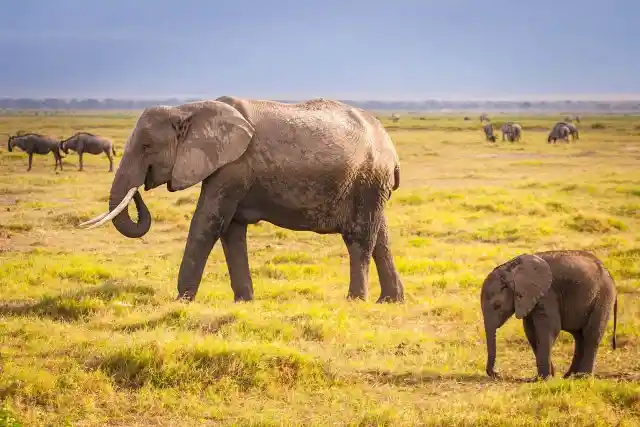

They use these different communication techniques because they are highly intelligent and, therefore, complex creatures, and they are very similar to humans in this way. When they actually wanna send messages to their own kind, they use infrasonic sound, and although we can’t really hear it, other elephants can hear it from more than 175 miles away.
#20. Tarsiers: Tiny But Loud
Just look at how tiny and cute tarsiers are! With their huge eyes and their tiny frames, you would think that they make soft sounds, like baby kittens, but that’s far from true. These small primates, which don’t weigh more than 190g, communicate in such a high-pitched sound that human ears cannot detect.

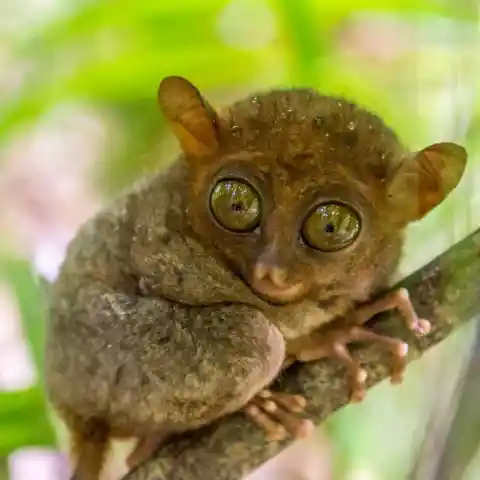
As opposed to elephants, they emit ultrasound frequencies that surpass 20,000 Hertz and can only be captured with a device used to record similar creatures, such as bats. The sound is extremely high-pitched so that they can be heard over the jungle noise and also to be out of range of predators.
#19. Ravens Do Sign Language
In the same way that humans use sign language to communicate, ravens have their own way of sending messages to one another through physical gesticulating. When males want to impress females, they bring them moss, twigs or stones, and use their wings and beaks to show them the items they have to offer.

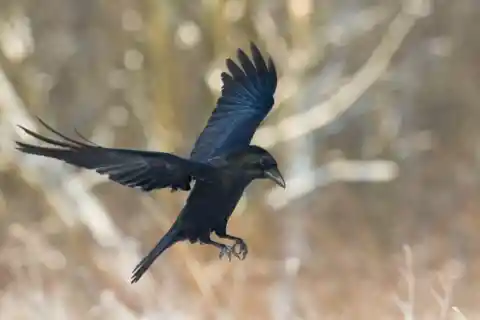
Not only that but as a show of potential bonding, ravens will also clasp their beaks together or move an object together. Just like we use our fingers to point to stuff, ravens use their bills, as they are highly intelligent creatures. In fact, they are the only species that uses gestures naturally aside from primates. Pretty cool, huh?
#18. Bats Like To Argue
From watching hundreds of scary movies or just encountering them in real life, we all know what bats sound like. They use very high-pitched squeals to communicate among themselves, but what most people don’t know is how complex their squeals actually are. They use different intonations to convey different messages, and researchers have found that they mostly argue with each other.
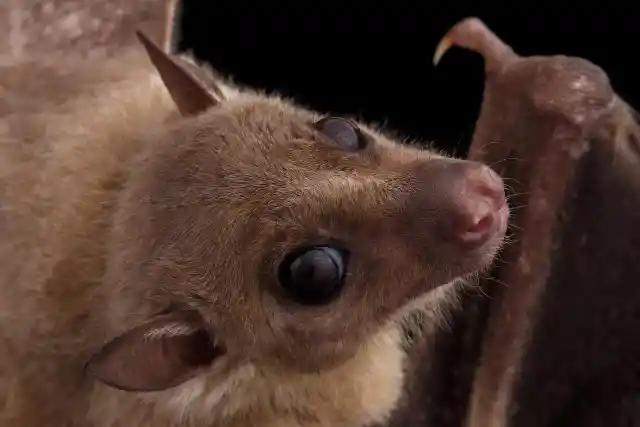
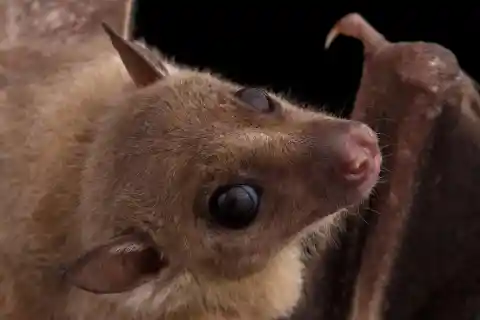
As ridiculous as it may sound, researchers have studied over 15,000 bat calls and figured out that more than 60% of their communications involved arguing about sleep positions, food, unwanted advances, and invasion of personal space. Who knew we were so similar to bats out of all animals?
#17. Chimpanzees Are Almost Humans
Chimpanzees are among the smartest animals in the entire world, and as such, they communicate in a variety of ways, such as gestures, body postures, vocalizations, and facial expressions. So as you can imagine, their communication system is very complex. When they are far from each other, they let out loud calls or simply drum the buttresses of trees.
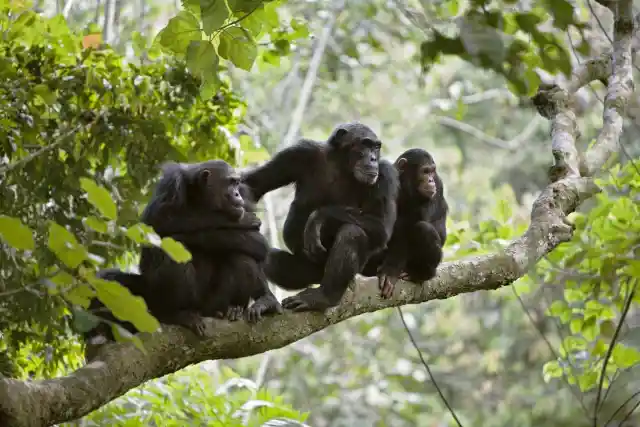
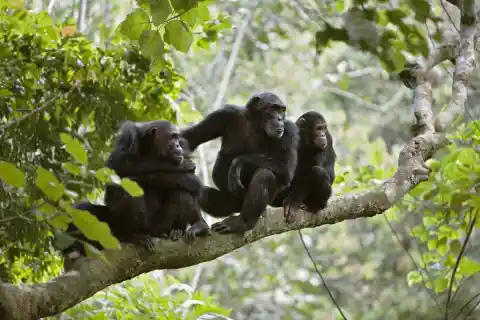
Not only that, but they also greet each other by panting, argue by grunting, and flick their wrists to show they are offended. They also love playing and tickling each other, much like humans do. It is very easy to tell how a chimp is feeling because they’re extremely expressive and always show their emotions.
#16. Geckos Order Their Food
Yes, that’s right: geckos order their food. But unlike humans, these Madagascar natives don’t order food online or by phone. Instead, they gesture when they are ready for a meal. Geckos live among treehoppers, which are insects that excrete a sugary liquid known as honeydew after digesting sap.

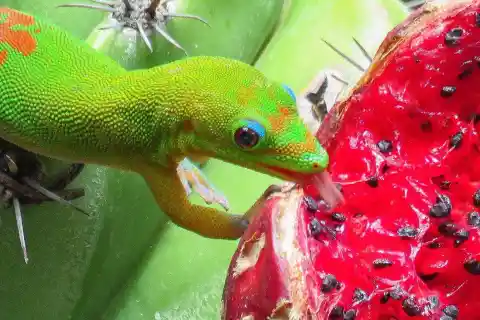
Geckos walk up to the insects and nod their heads at them, and the insects just know what to do. When they get the signal, treehoppers excrete the honeydew right into the gecko’s mouth – yeah, they poop in their mouths, there’s no way to sugarcoat it.
#15. Electric Fish Use Electricity
This just in: electric fish can produce electricity. But what sets them apart is how they use it. There are many electrically-charged creatures under the sea, like electric eels, but electric fish specifically use their voltage to communicate, and not just to fend off predators.
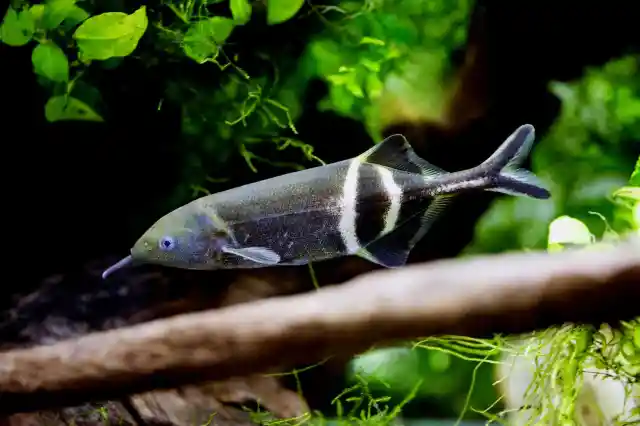
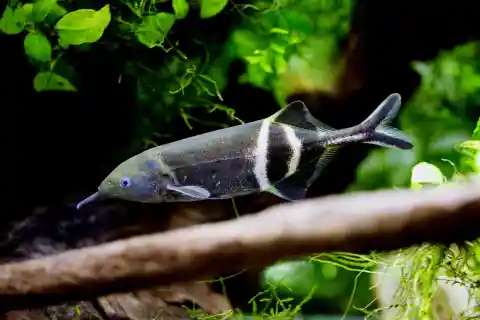
The mild electric discharge they produce conveys messages to others of their kind, such as a desire to mate. What’s even more interesting is that they greet each other when they meet for the first time. The electric fish will tweak their wavelengths so that they both produce similar levels of voltage and thus, they connect.
#14. Mole Rats Bang Their Heads
They might look tiny and cute, but African demon mole rats have that name for a reason. They are basically the rockstars of the mole world, as unbelievable as that might sound. When they need to communicate, they bang their heads on the roof of their burrows, like heavy-metal musicians.
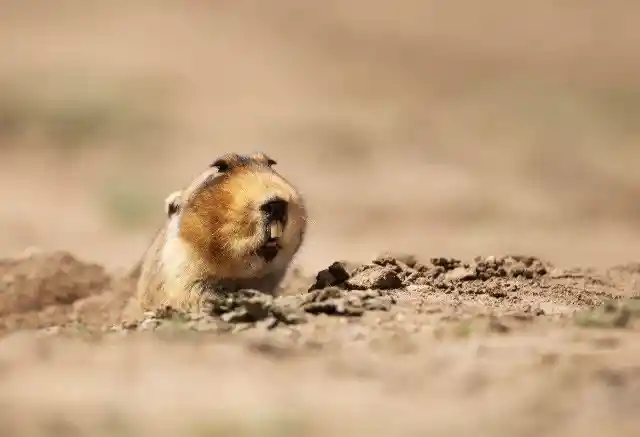

When they bang their heads, they send vibrations through the earth that can reach other moles who are far away. Not only that, but the rhythm and frequency of the banging determine the message they are trying to send, kind of like Morse code – or mole code for that matter.
#13. Gorillas Like To Hum
Out of all the things we can picture a gorilla doing, the last one we’d think of his humming. Just as humans do when they’re going about their daily lives, like doing laundry, cooking, or walking down the street, gorillas like to hum as they enjoy their day-to-day activities.
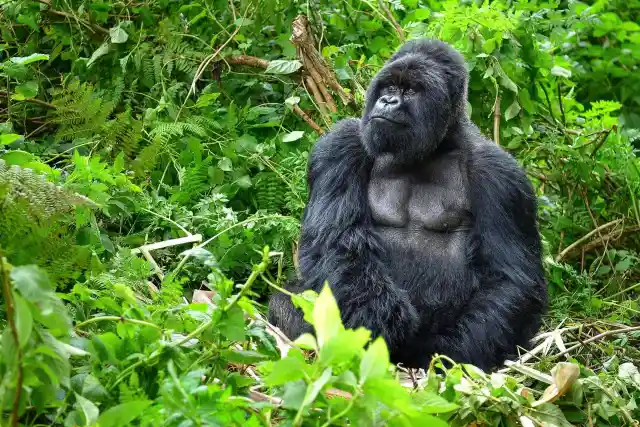

Researchers have found that these great apes sing and hum as they eat their favorite veggies, but not just because they enjoy the flavor. They hum as a sign for other gorillas not to disturb them and let them eat in peace. Once they stop, it means they’re ready to socialize again. Just like most primates, gorillas are extremely social, but still need some alone time every once in a while, as we all do!
#12. Black-Footed Titis Scream
Black-footed titis are a species of monkeys that love to let out very high-pitched squeaks to communicate with each other, especially when predators are around. These rainforest monkeys have a complex system of squeaks that vary in a number of ways, particularly to identify different predators.
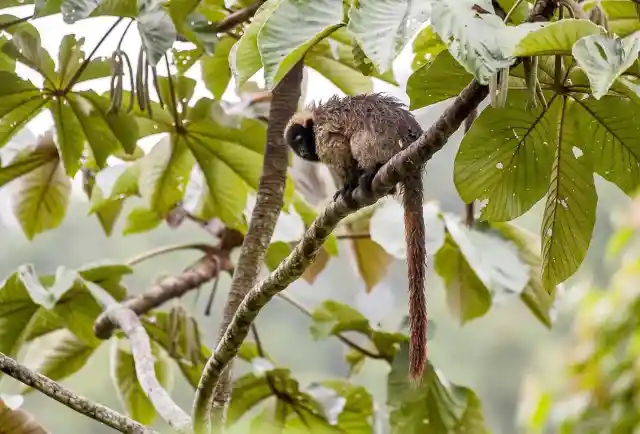
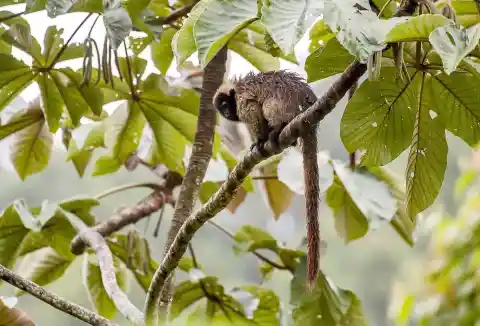
Researchers have also found that their loud calls even have their own syntax, making it a complex communication form just like a language. Not only do they let each other know when a predator is around, but they can also pinpoint their exact location!
#11. Dholes Like to Whistle
In case you are unfamiliar with dholes, they are wild dogs native to Asia, and they make a very particular kind of sound. Unlike wolves, which howl, and dogs, which bark, dholes actually make whistle-like sounds, which is why they are known by many as whistling dogs.


As black-footed titis alert each other when a predator is around, dholes let each other know where their prey is, so that they can attack together. These smart fox-like creatures make coordinated attacks on prey that is much larger than them – as much as 10 times their own body weight. The power of teamwork is truly amazing.
#10. Prairie Dogs
Prairie dogs – which are nothing like actual dogs- are burrowing rodents that are known for making very complex underground tunnel systems. But their intelligence is further proven thanks to their ability to make callings to each other that allow them to identify different predators.

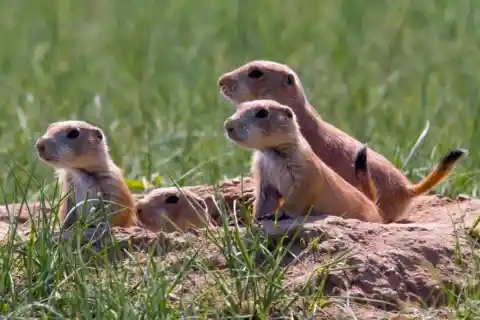
They use different intonations to identify different predators such as humans and hawks. Not only that, but they even identify different humans, for example. Researchers found that they make different sounds for people wearing different-colored shirts. On top of that, they are extremely cute, so what’s not to like about them?
#9. Blue-Capped Cordon Bleus Dance
It is a widely known fact that many birds enjoy music. They like to sing, and even dance when they hear music or sounds that they like. So it comes as no surprise that the blue-capped cordon bleu not only dances but also communicates effectively. In order to attract a mate, the cordon bleu will do a little tap dance with its feet and move its wings up and down.

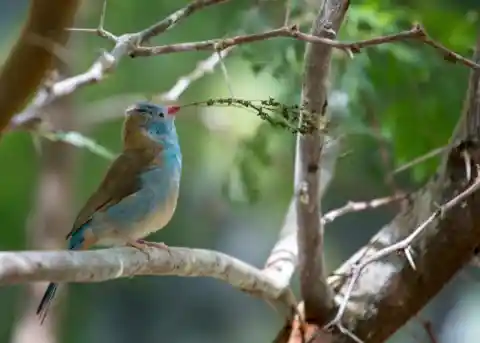
But that’s not all. This marvelous bird will also grab a piece of nesting material with its beak, and bop its head up and down as it sings and dances, putting on a whole show. This dance is not only designed to attract a mate, but to display health and fitness.
#8. Bison Vote
Yes, it’s true. Bison choose their leaders, but they don’t go to a voting booth to cast their votes in an election like us people do. Instead, European bison herds engage in a very complex ritual in order to choose a leader and a destination to move on to. One of the members will choose a direction to walk in, and the rest of the herd must follow behind.

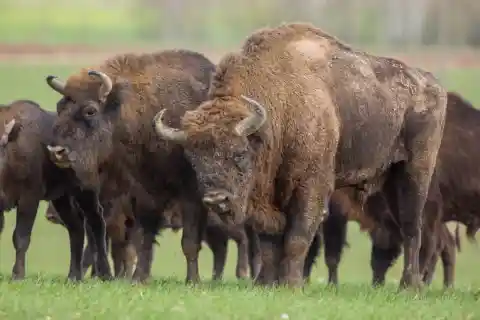
If the herd follows without stopping to graze, it means they approve of the direction they are taking, and that bison becomes the new leader until the next election process comes. Leaders can be male or female and of any age, so anyone of the members of the herd is a potential leader. Cool, right?
#7. Apes Are Basically Toddlers
Researchers have found that great apes communicate in ways that are extremely similar to human toddlers. Because babies can’t talk yet, they use certain sounds and gestures in order to communicate, and that’s precisely what apes do as well. In fact, scientists have discovered 80 different gestures that they make in order to communicate.

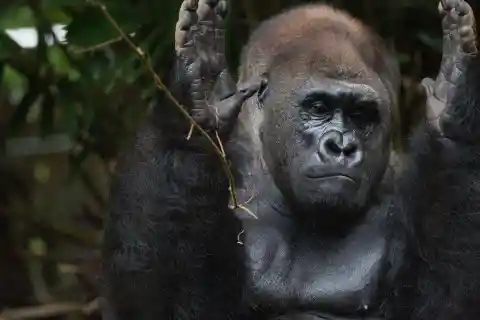
These gestures include stomping, hugging, clapping, shaking their heads, raising their arms, and plenty more. And when they string several moves together, they are able to convey much more complex ideas. We really are more similar than we thought.
#6. Squid Change Color
Caribbean reef squids are very tiny torpedo-shaped squids that use a variety of color changes to communicate. Their cells have light-reflecting molecules and pigments known as chromatophores, which allow them to change color very quickly, and even combine several colors at the same time.
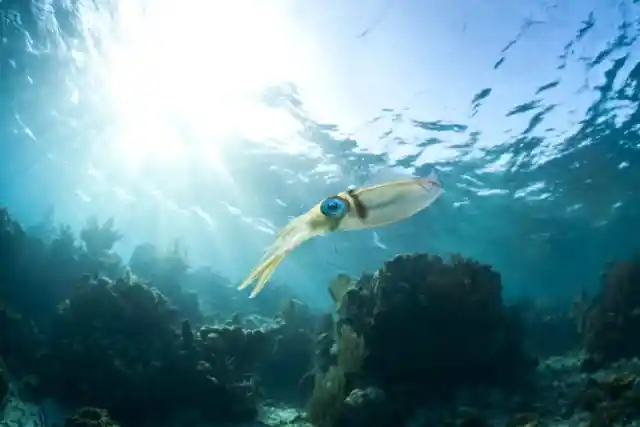
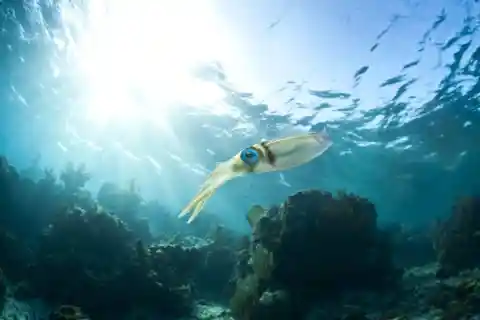
Depending on the color they choose, their messages will have different meanings. For example, one color is used to attract mates, and another to alert others about lurking predators. They can even communicate several messages at once using different parts of their bodies.
#5. Bees Dance
Bees are known for their incredible teamwork, and when they find something that will benefit their colony, they will quickly let the others know what’s up. When they find new nectar, pollen, or water, they will perform the waggle dance, which helps other bees to locate where these sources are.

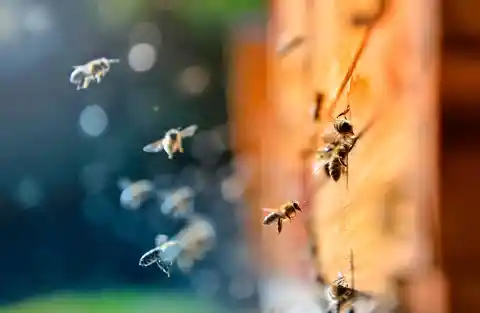
They even use different moves to convey different messages and are able to distinguish the distance between the beehive and the resources they are trying to locate. It is thanks to the direction and the speed of the dance that other bees can understand where they need to go.
#4. Jackdaws Stare
Being judged by humans is hard enough, but it only gets worse: birds can judge you too. Jackdaws, which are birds that are related to ravens, jays, and crows, use their piercing stares to convey different messages, which are mostly threatening ones. Their expressive eyes can show anger, domination, and frustration to their birds.
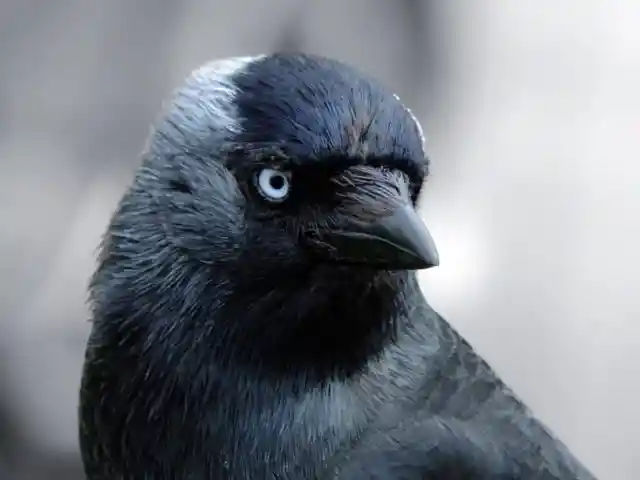

A study revealed that when a potential competitor comes close, a jackdaw will stare it up and down to deter it from taking over its nest. Eventually, one of them will give up and break eye contact and therefore, lose. Imagine the kind of staring contests they must have!
#3. Coral Groupers Team Up
Coral groupers are predatory fish that need each other in order to survive. Alone they aren’t very powerful, but when they work together, prey doesn’t stand a chance. It is very common for their prey to outsmart them by diving into the cracks of coral reefs, so they need help luring them out.
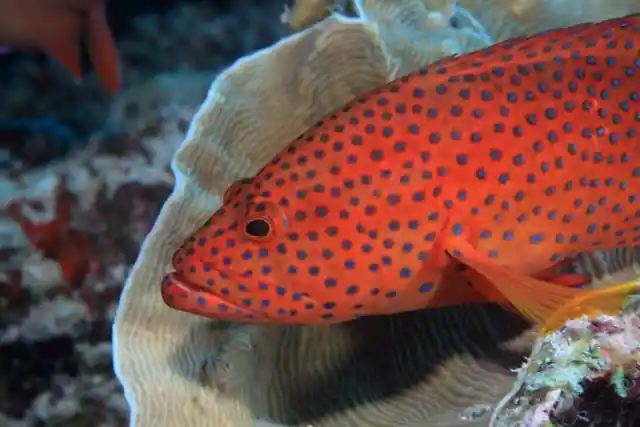
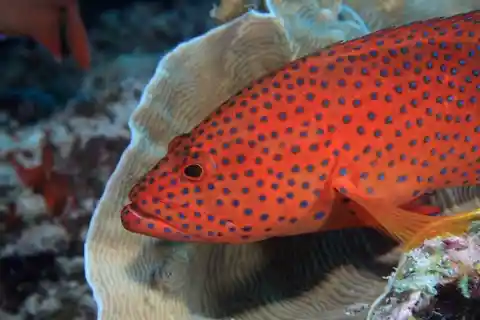
When this happens, groupers signal other species, such as moray eels or Napoleon wrasses, by pointing to the location of the prey with their nose. Not only that, but they’ll also shake their bodies to send the message. The wrasse smashes the coral to open it up, and the eel creeps into the cracks to get the prey, and then all of them share the booty.
#2. Chimps Footsie
As we’ve established before, chimpanzees use a wide variety of gestures, facial expressions, and sounds in order to communicate. And, just like us, they love expressing their affection for one another every once in a while. So, like a young couple at a diner who tangle their legs under the table, chimps footsie.
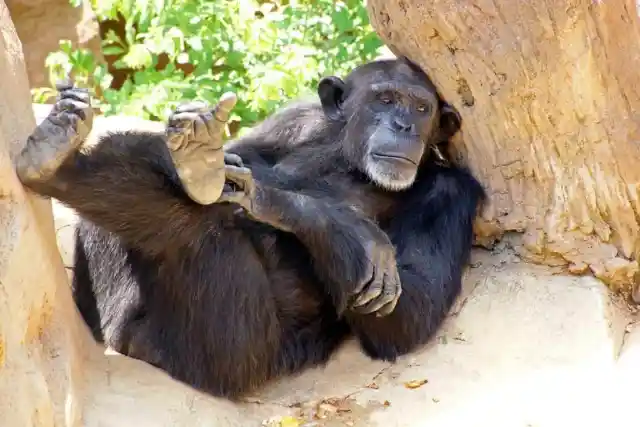

Not only that, but they usually extend their feet to order the young ones to climb on them when it’s time to move to another location. Chimps have such a complex communication system that there’s actually a great ape dictionary online.
#1. Warbling Antbirds Have Singing Competitions
We know that birds love singing, but Peruvian warbling antbirds take it to the next level. It is usually the female that attracts the male, and both birds sing together in harmony before they mate. But the sounds they make are so beautiful, that they sometimes attract unwanted attention.
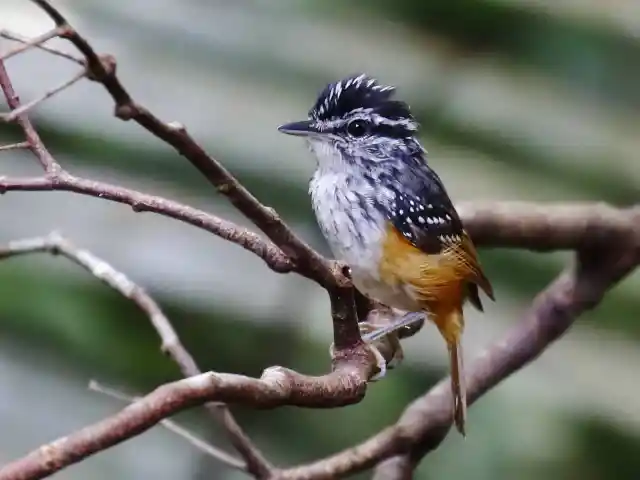

When another female tries to get involved in the beautiful singing session, the dominant female will start singing off-time to mess up the harmony and create a cacophony that is unpleasant to the ears in order to fend off the intruding female. Which one of these facts was your favorite?